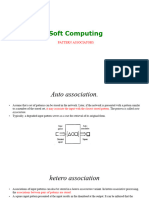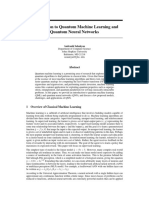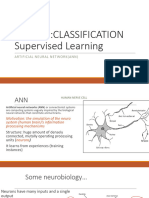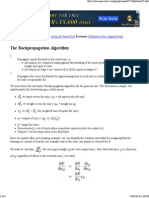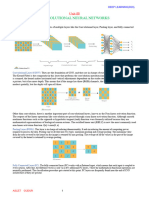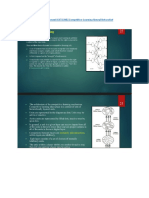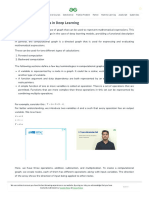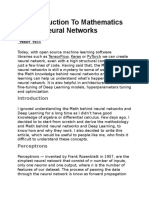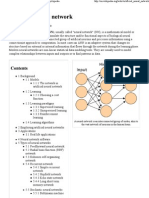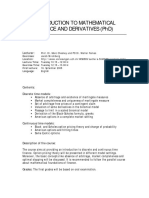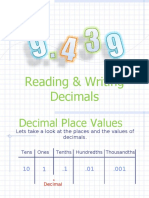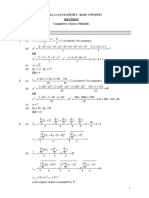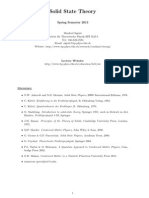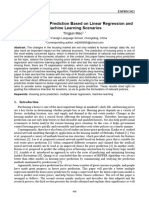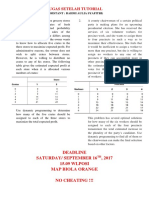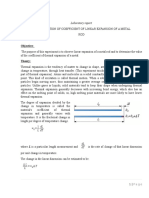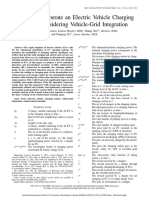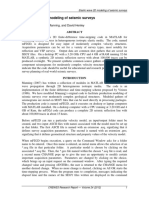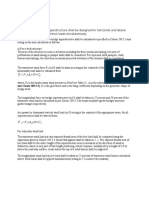0% found this document useful (0 votes)
49 views13 pagesANN Unit-3 Associative Learning
The document discusses various concepts in artificial intelligence, including associative learning, Hopfield networks, simulated annealing, and Boltzmann machines. It explains how these concepts are applied in optimization problems and pattern recognition tasks, detailing their structures, benefits, and drawbacks. Additionally, it covers state transition diagrams, the false minima problem, and stochastic updates in machine learning.
Uploaded by
pjpatelCopyright
© © All Rights Reserved
We take content rights seriously. If you suspect this is your content, claim it here.
Available Formats
Download as PDF, TXT or read online on Scribd
0% found this document useful (0 votes)
49 views13 pagesANN Unit-3 Associative Learning
The document discusses various concepts in artificial intelligence, including associative learning, Hopfield networks, simulated annealing, and Boltzmann machines. It explains how these concepts are applied in optimization problems and pattern recognition tasks, detailing their structures, benefits, and drawbacks. Additionally, it covers state transition diagrams, the false minima problem, and stochastic updates in machine learning.
Uploaded by
pjpatelCopyright
© © All Rights Reserved
We take content rights seriously. If you suspect this is your content, claim it here.
Available Formats
Download as PDF, TXT or read online on Scribd
/ 13





